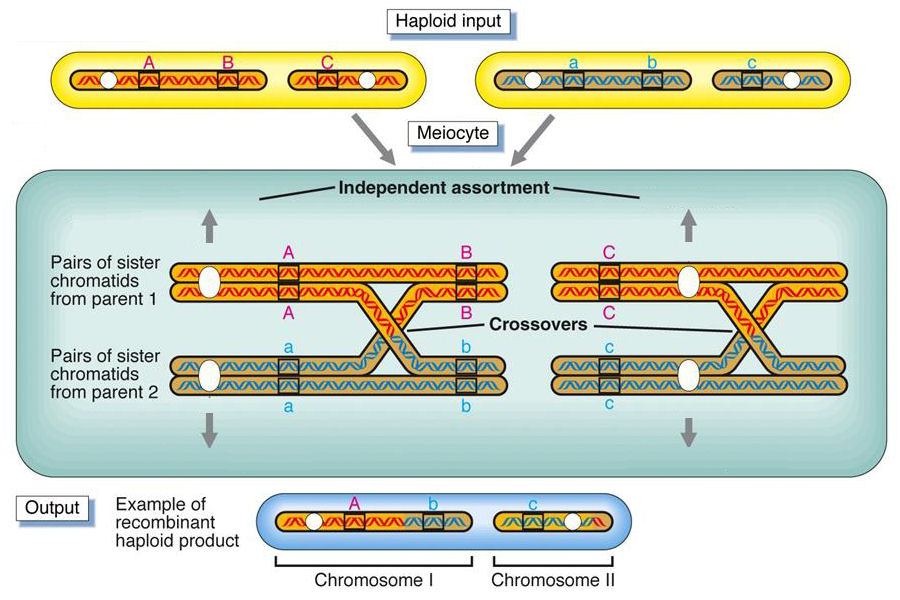

If the recombinant DNA is a plasmid, phage or other molecule capable of replicating in the host, it will stay extrachromosomal. Once made, these recombinant DNA molecules are then introduced into a host organism, often a bacterium.

The directed cutting and rejoining of different DNA molecules in vitro using restriction endonucleases and DNA ligases is well-known, as covered in Chapter 2. Recombinant DNA technology uses two other types of recombination. Replicative recombination is seen for some transposable elements, shown as red rectangles, again using a specific enzyme, in this case encoded by the transposable element. This reaction is catalyzed by a specific enzyme that recognizes a short sequence present in both the phage DNA and the target site in the bacterial chromosome, called att.

Site-specific recombination leads to the combination of two different DNA molecules, illustrated here for a bacteriophage l integrating into the E. Although the sequences of the two chromosomes differ for most of their lengths, the segments at the sites of recombination may be related, denoted by the yellow and orange rectangles. gene C so that it is now on the same chromosome as genes D and E. For nonhomologous (or illegitimate) recombination, two different chromosomes (denoted by the different colors and different genes) recombine, moving, e.g. Recombination between genes A and B leads to a reciprocal exchange of genetic information, changing the arrangement of alleles on the chromosomes. For homologous or general recombination, each homologous chromosome is shown as a different shade of blue and a distinctive thickness, with different alleles for each of the three genes on each. Types of natural recombination.Each line represents a chromosome or segment of a chromosome thus a single line represents both strands of duplex DNA. Many transposable elements use a process of replicative recombination to generate a new copy of the transposable element at a new location.įigure 8.1.

Site-specific recombination requires a special enzymatic machinery, basically one enzyme or enzyme system for each particular site. Site-specific recombination occurs between particular short sequences (about 12 to 24 bp) present on otherwise dissimilar parental molecules.For instance, recombination between two similar genes that are several million bp apart can lead to deletion of the intervening genes in somatic cells. However, when the DNA sequence at the breakpoints for these events is analyzed, short regions of sequence similarity are found in some cases. translocations between different chromosomes or deletions that remove several genes along a chromosome. Illegitimate or nonhomologous recombination occurs in regions where no large-scale sequence similarity is apparent, e.g.This chapter will be concerned almost entirely with general recombination. General recombination can occur throughout the genome of diploid organisms, using one or a small number of common enzymatic pathways. General or homologous recombination occurs between DNA molecules of very similar sequence, such as homologous chromosomes in diploid organisms.\)Īt least four types of naturally occurring recombination have been identified in living organisms (Figure 8.1).


 0 kommentar(er)
0 kommentar(er)
